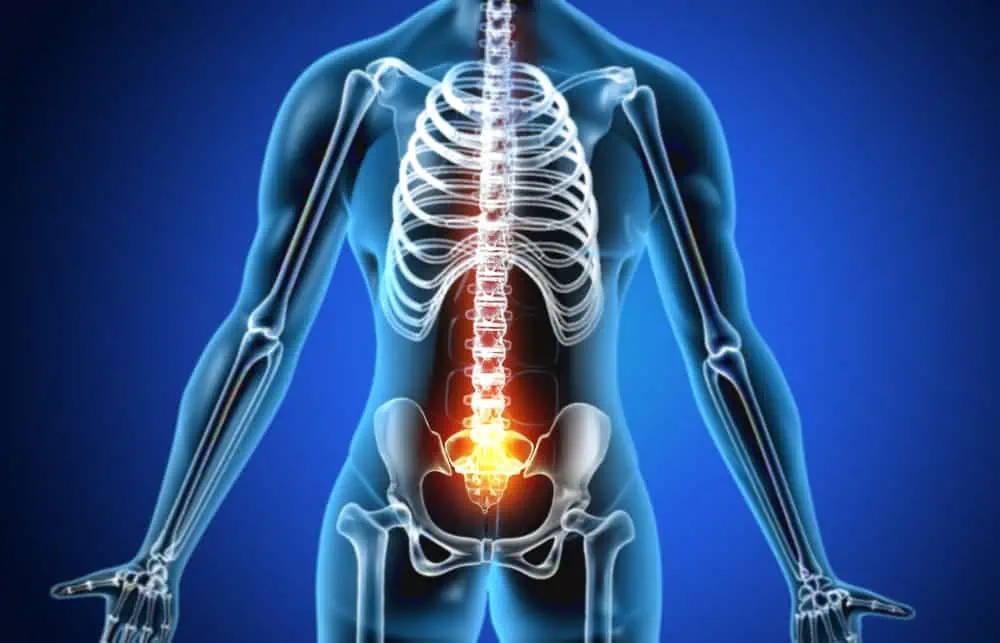Many older adults frequently experience pain. With the number of age-related diseases out there, that’s no surprise. But what might be surprising is that after a painful event, older adults seem to experience a more pronounced inflammatory response – which could, in turn, lead to more pain. Those were the findings from a recent study published in the journal Experimental Gerontology.[1] The results could help us better understand – and address – chronic pain in the aging population.
Study Overview
The study, titled “Age Differences in Cytokine Expression Under Conditions of Health Using Experimental Pain Models,” looked at pain and inflammation in a small number of healthy younger adults (with an average age of 21) and healthy older adults (with an average age of 68).
Researchers inserted a catheter into each participant before inducing pain, either through heat applied to the feet or a cold ice bath. The blood collected through the catheter was then used to examine and measure inflammatory markers. Blood was collected before the test and after three, 15, 20, 45, 60 and 90 minutes.
Although the study was limited by its small sample size, the differences between the two groups were definitive and consistent, allowing the researchers to draw conclusions with little chance of sampling error.
The Findings
Researchers discovered that the inflammatory response varied in several ways between the younger and older groups. Not only did the older group release more inflammatory proteins (called pro-inflammatory cytokines), but those proteins stayed around longer than in the younger group. Plus, the proteins that soothe inflammation in the body (anti-inflammatory cytokines) were released later for the elder group. These factors suggest that older adults do, indeed, seem to have a more elevated inflammatory response to pain stimuli.
This elevated response could mean that older adults are at a greater risk of developing chronic pain. Since elevated inflammation among older adults usually results in peripheral pain (pain happening outside the spinal cord and brain), that means that there’s an increase in pain messages beings sent via the spinal cord to the brain.
“We think that the longer you have the immune system activated,” said one of the authors, Yenisel Cruz-Almeida, “…the more this activation can alter the homeostasis of the body.” It’s possible, then, that the nervous system is adapting to handle these changes, which could make the individual more prone to chronic pain.
Future Implications
Since older individuals go through painful procedures more often, the authors state, this is an important line of research for preventing the development of chronic pain in later life. While more information is needed on the process – and the implications – of this elevated inflammatory response, researchers do note that there is one immediate recommendation that stems from it: Older patients who experience painful stimuli (like a procedure), should address the pain quickly with anti-inflammatory medications. Even utilizing over-the-counter medications, if taken in the first few days, can make a big effect on the body’s inflammatory response.
Of course, addressing pain early and effectively is ideal for all patients. But for the older demographic, dealing with inflammation before it gets out of hand may mean the difference between healing properly and dealing with chronic pain for the rest of their lives.
References
[1] Cruz-Almeida, Yenisel, Maria Aguirre, Heather L. Sorenson, Patrick Tighe, Shannon M. Wallet, and Joseph L. Riley. “Age Differences in Cytokine Expression Under Conditions of Health Using Experimental Pain Models.” Experimental Gerontology 72 (December 2015): 150–56.












